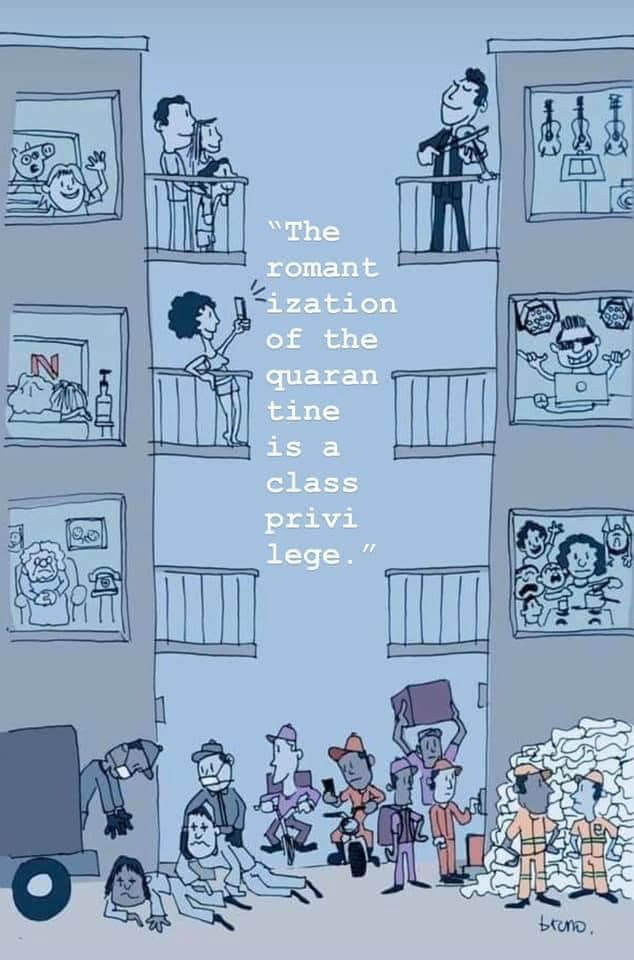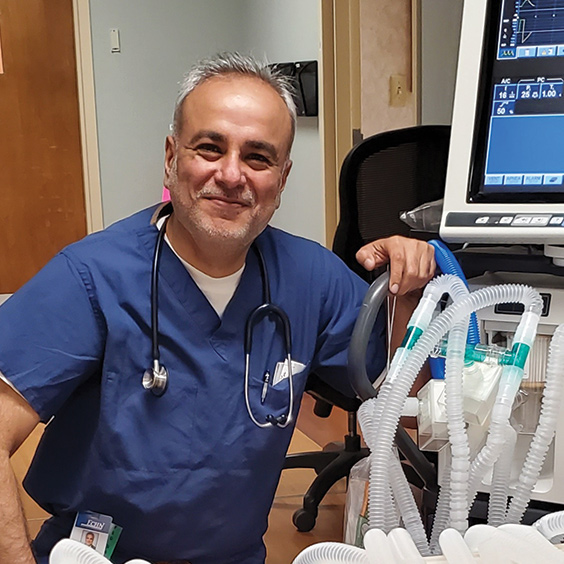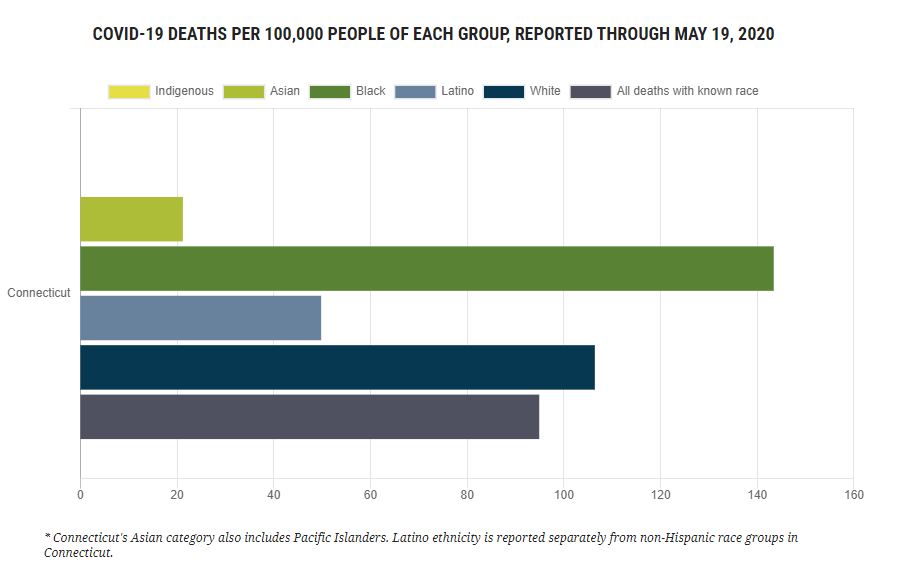Equity in a Time of COVID
Though states around the country are slowly reopening, the impact of COVID-19 still affects us all, some more than others. Studies have shown that there are significant health and social disparities among ethnic and racial minority groups and those at lower income levels.
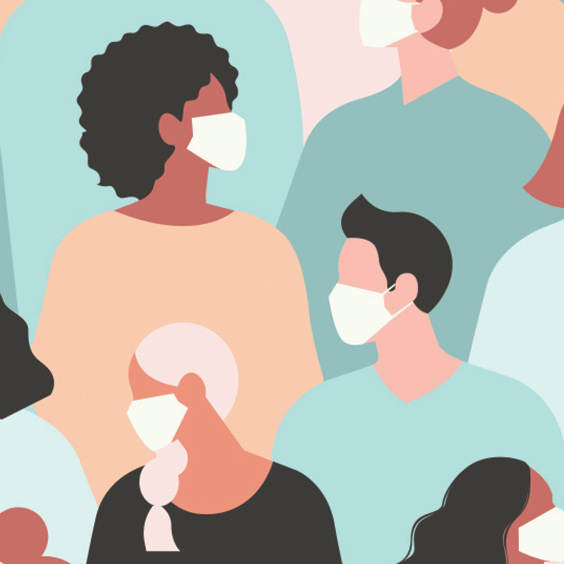
According to Dr. M Saud Anwar, in Connecticut, the rate for COVID-19 diagnoses for Caucasians is 315 out of 100,000 people. For African Americans the rate more than doubles with 714 out of 100,000 people.
APM Research Lab’s data on Covid-19 shows the mortality rate for “black Americans have 2.2 times higher than the rate for Latinos, 2.3 times than the rate for Asians, and 2.6 times higher than the rate for whites.”
Anwar, who is also a state senator, and therapist Jelan Agnew, LCSW gave insight into the statistics.
“COVID-19 has magnified all the problems that we have in our society,” Anwar said. “This is an American tragedy that we as a society has not addressed. Hopefully this can give us a wake-up call.”
Living Conditions
Many minorities and individuals with low income live in the inner city in highly populated areas in close proximity to one another. Many also live in multi-generational housing.
“It’s very different living in tight quarters. You don’t even have access to masks and gloves,” Agnew said.
“How can you, when you’re in a lower socio-economic status, practice social distancing? You can’t,” Anwar said.
Living in more affluent areas allows residents access to delivery services for groceries and necessities. Agnew knows a resident of Hartford of a lower income who tried to order groceries online. They were stolen from the lobby.
“Now she’s forced to go out. That’s why I’ve been telling people to take it easy with their judgement because we’re literally doing the best that we can,” Agnew said.
Full grocery stores are often not accessible in urban neighborhoods. Residents have to travel out to other towns to buy food for their families.
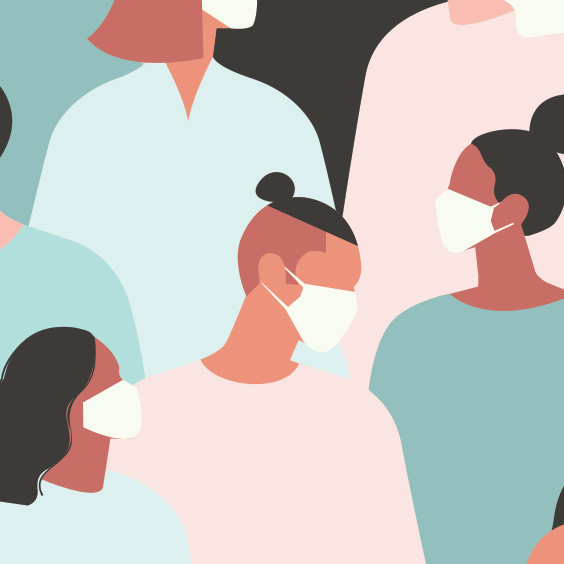
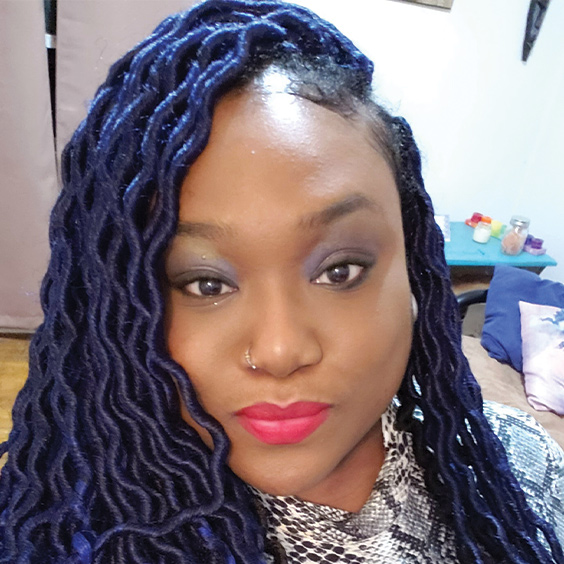
Police & Social Distancing
Anwar recalled a study that stated African Americans were getting the highest number of citations for not adhering to social distance orders compared to other races. Agnew wondered why.
Online footage shows African Americans being treated very differently compared Caucasians when it comes to not to social distancing. One viral video shows a black man being thrown to the ground while a group of individuals who were white were gently encouraged to go back home.
There are several viral videos of white social distance protesters who filled the streets and were not wearing masks. They were nose-to-nose with police offices hurling insults, curse words and holding firearms. Officers stood there as spit hit their faces.
A very different image compared to Black Lives Matter protests when participants were unarmed but police were dressed in full riot gear.
“Not only are we being dealt with violently, we’re being fined. Last I heard they were raising the fine of being out in NY from $500 to $1,000,” Agnew said. “But I have seen other people gathering at funerals and sunbathing and there were no fines.”
She added that she talks about death every day with patients, who are majority minorities. With stories of murders of black men in the headlines, like Ahmaud Arbery, there is an added layer of stress on their lives with the pandemic. Plus, they are not being able to decompress and see loved ones in person.
“Physical closeness is a part of the culture for black and brown folk… I think people are numb at this point. That’s why some are still gathering,” Agnew said.
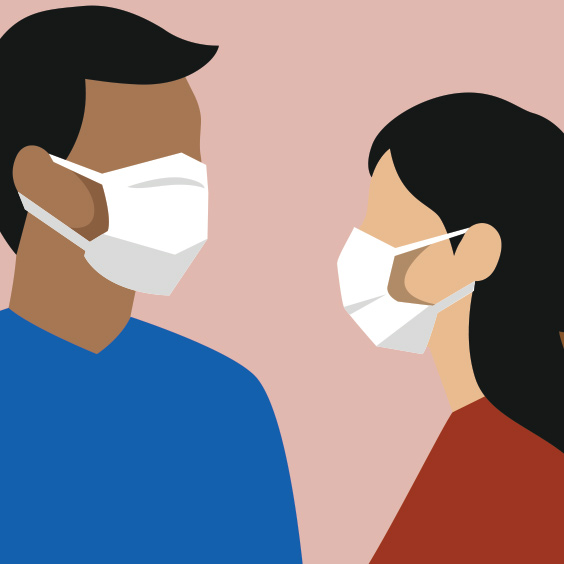
Working to Survive
If you have lower income, you have to work to pay bills and most likely don’t have the opportunity to work remotely at home.
“I can continue my business with TeleHealth, but if you are in a position where you have to do hands-on work, you cannot do tele-commuting,” Anwar said.
Agnew recently spoke with a train conductor who lives in New York. He is thankful to still have his job, but knows he’s at risk of catching COVID-19 every day.
“When you’re around 20-30 people all day at work, nothing has really changed for you,” she said.
She also knows a woman who works in a factory. The woman’s coworker contracted the disease and workers were sent home for 15 days without pay.
“This woman, who is older than 60, really doesn’t have the option of staying in the house,” Agnew said. “It really is choosing between money and death for many black and brown people.”
Pre-existing Issues with Health & Healthcare
Preexisting conditions are even more detrimental to a person’s health if diagnosed with COVID-19.
Poor access to healthy food is also a problem. Years of unhealthy eating habits can lead to issues of hypertension, diabetes, and obesity, which many minorities and lower income individuals have.
“There are food deserts in many of these communities that’s why these issues are prevalent,” Anwar said.
There are also genetic factors that increase the chances of health problems in regards to COVID-19.
Anwar said the medication hydroxychloroquine was used early on to treat the disease and had the potential to cause heart issues in some patients, particularly African Americans.
African Americans also have a low Vitamin D level which leaves the body more susceptible to disease, he said.
It should also be noted that many minorities and those with lower income live in areas that are further away from medical facilities which makes it more of a challenge to see a doctor.
Not having proper healthcare or health insurance for lower income also makes it less likely to see a doctor when sick.

What You Can Do
Anwar encourages residents to stay on top of their local representatives and demand change.
“The social and political determinants of health should be equal in the communities.
Also, be sure have proper Vitamin D supplementation and eat healthier to manage any pre-existing conditions that can be controlled through diet.
“Take ownership of your own health and well-being,” Anwar said.
Agnew’s advice is to keep a routine to keep your mental health stable during isolation. Keeping a consistent eating and sleeping schedule helps.
She also encourages self-check-ins to manage anxiety and feelings.
“Look into the things that helps soothe you,” Agnew said. “I like candles. Good smells help calm me down.”
Finding fun, socially distant activities can help take your mind off the stress.
Anwar stresses to keep practicing social distance as we as a community work on solutions to heightened problems.
“We need to find a way to fully address these issues that we’ve outlined and make sure we start a strategy and have a plan of action in place,” Anwar said.
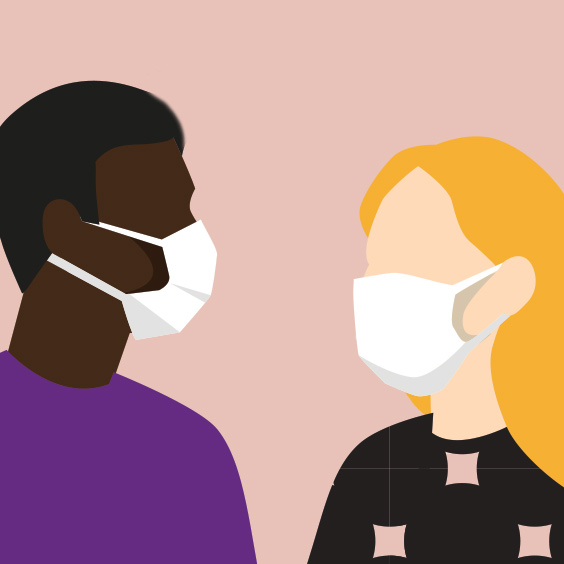
A Local Response: Manchester's Equity & Inclusion Collaborative
In many respects the issues that our communities are facing in the wake of Covid-19 are in no way new. The problems of food insecurity, economic hardship, and disparities in access to healthcare and public services have always existed; this pandemic is just the most recent event that has brought this uncomfortable truth back to the top of a constantly shuffling deck of uncomfortable truths. In an effort to disrupt the cycle, the Town of Manchester looks to the work of the Equity and Inclusion Collaborative, a group of volunteers that represent an exceedingly diverse cross-section of the community. [Read the Community Engagement & Inclusion Strategy from the Manchester Equity & Inclusion Collaborative]
The recently developed collaborative is working to identify priorities that will not only address but effectively change the way the community responds to a lack of equitable access to information and services in times of crisis and beyond. While talking about the issues is one thing, the members of the Equity and Inclusion Collaborative know that to effect change conversations must lead to action; a principle they are increasingly aware of amid the current health crisis.
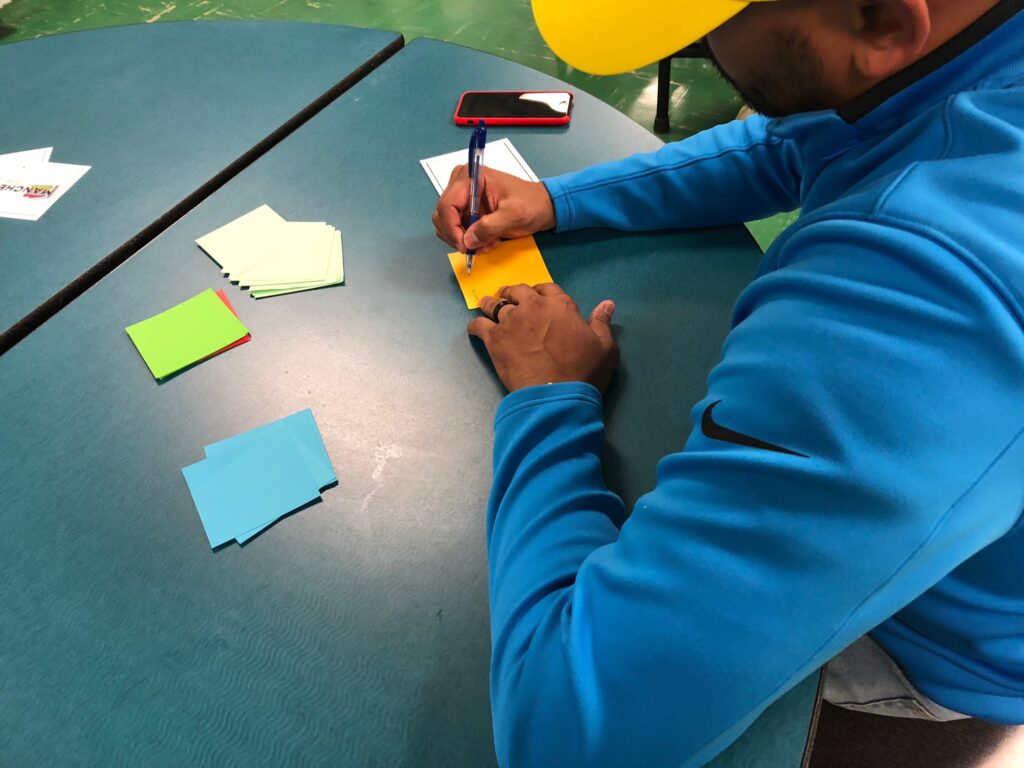
By looking internally and surveying one another on everything from personal perceptions of high risk population segments to forces that might be hindering adequate response to addressing/redressing the issues, the collaborative gathers information that helps them to identify areas where they can focus their resources and engage community partners and civic champions to carry on with the work at a larger scale.
While the issues that are currently making headlines may not be anything new, the investment into equity and inclusion by the Town of Manchester is definitely a refreshing move in the right direction. The collaborative meets on a semi-regular basis with smaller working groups tackling projects in their areas of expertise and reporting back to the larger group.
Participation and collaboration from members of the community is most welcomed and those interested in supporting the cause can complete the contact form below.
Like this article?
Leave a comment
About Author
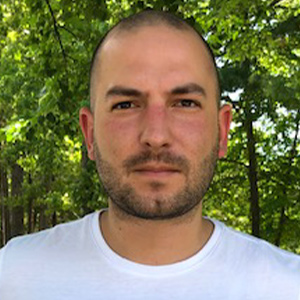
James Przybylski is a Recreation Supervisor overseeing the Division of Neighborhoods and Families. His responsibilities include progressing the Town of Manchester’s Diversity, Equity, and
Inclusion plan. James is a dedicated husband and father, he resides in Madison, CT.
Fun Fact #1: I’ve been rock climbing for nearly 25 years throughout the U.S. and abroad
Fun Fact #2: I can start a fire with an orange peel
Like this article?
Leave a comment
About Author
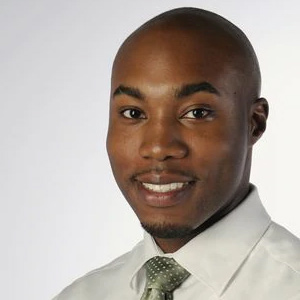
Quoron Walker is a well known name in the Manchester community. He is a former journalist for the Manchester edition of the Hartford Courant’s Courant Community newspaper. He currently works as the Communication & Development Coordinator for the Harriet Beecher Stowe Center and is a freelance writer.
Fun Fact #1 Quoron is a singer/songwriter and actor.
Fun Fact #2 Quoron and The Wayne Patrik Band haver performed several times at Spruce Street Market Nights.

